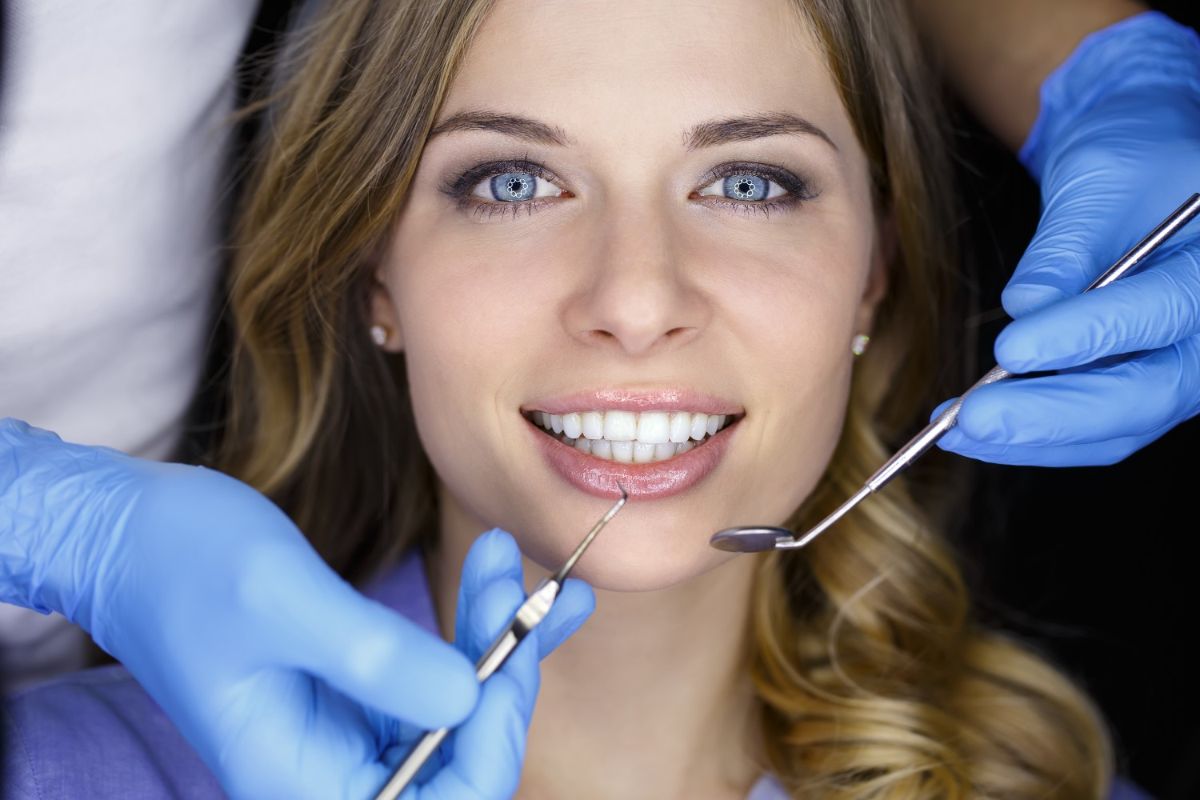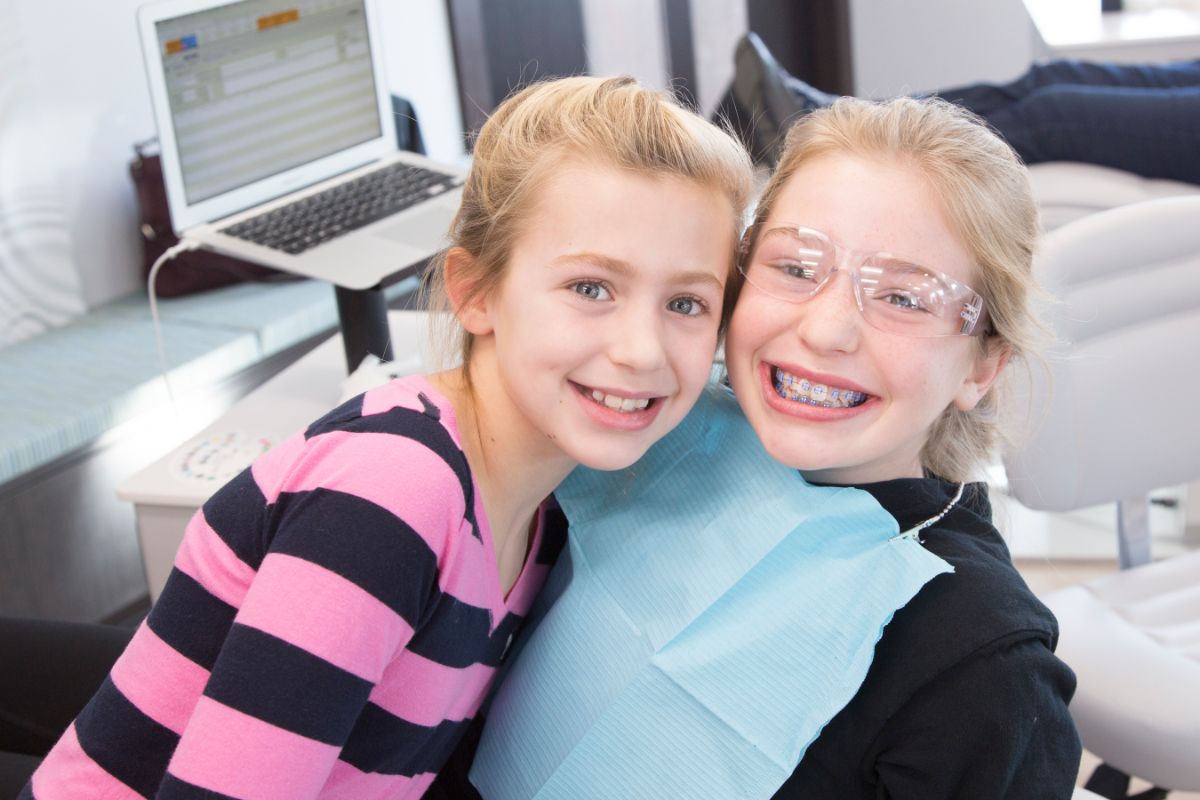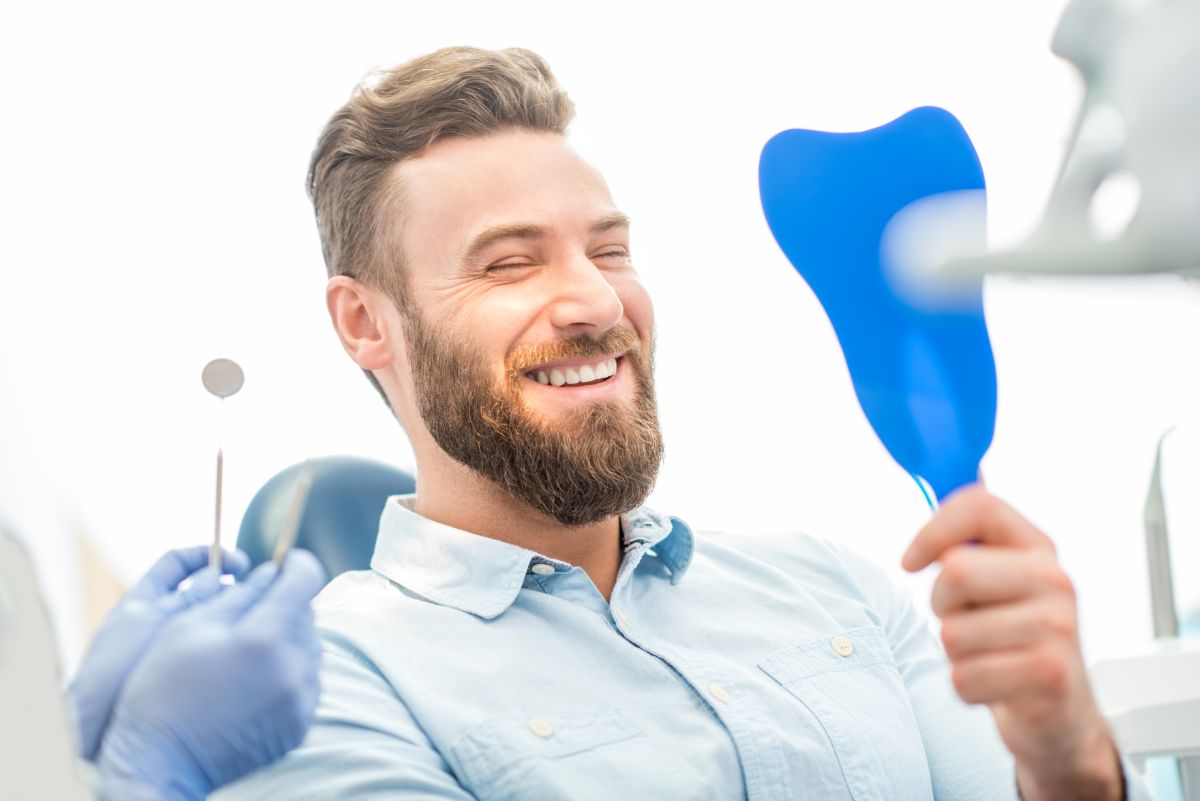We believe orthodontic patients deserve to feel informed and empowered at every step of your orthodontic journey, from your first visit to Pioneer Orthodontics to your final retainer check. Starting the process of improving your smile and oral health can be as intimidating as it is exciting. You only get one smile, so it’s important to only trust it to an expert orthodontic team such as ours. But how can you be sure you’re making the right choice? Here are 3 questions to ask when choosing an orthodontist to ensure the best experience and the best results.
Is the doctor a trained orthodontic specialist?
While this may seem so obvious that it doesn’t need to be asked, it’s actually pretty important. Before starting treatment with braces or Invisalign, you should always make sure the provider is qualified. That’s because some general dentists can also provide orthodontic treatment, even though they don’t specialize in it.
A general dentist will offer standard dental services like crowns, fillings, dentures, and occasional orthodontic treatment like Invisalign. An orthodontist, on the other hand, spends their days providing only orthodontic services.
This distinction is pretty important. For instance, imagine that you or your child required specialized treatment or surgery. Would you feel comfortable with your family physician handling your case, or would you prefer a dedicated specialist?
Orthodontists are essentially dentists who also have several years of additional specialized training and experience. This means an orthodontist has:
- studied the growth and maturation of the teeth and jaws
- been introduced to thousands of case studies
- Researched all the latest advancement in technology and methods
- developed extensive diagnostic skills
- learned biomechanical techniques to properly move teeth
- studied how to change the development of the dental alveolar complex and facial growth of younger patients
Orthodontic residency programs are pretty competitive, as evidenced by the fact that they only accept the top students from a dental school graduating class. Orthodontic programs last 2-3 years and include full-time training focused on correcting orthodontic issues using braces and Invisalign. While there are exceptions to every rule, most dentists won’t possess this same level of exhaustive orthodontic training and experience.
Dr. Cserna is a 1982 graduate of Fresno State, where she received her Bachelor of Arts. After obtaining her Doctorate of Dental Surgery in 1989 from the University of Nebraska Medical Center College of Dentistry, she went on to complete a general practice residency at the Veteran’s Administration Medical Center in Minneapolis, Minnesota.
She practiced general dentistry in rural Nebraska and taught at the University of Nebraska Medical Center College of Dentistry for several years. Dr. Cserna returned to the College of Dentistry to earn her certificate in orthodontics and dentofacial orthopedics in 1996 as well as a Master of Science in oral biology.
Dr. Cserna believes that staying directly linked to the professional community is one of the most important ways to provide you with the highest quality of care. Her commitment to this is clear from her membership in several professional organizations, including:
- American Dental Association
- American Association of Orthodontists
- Nebraska Dental Association
- Lincoln District Dental Association
- Nebraska Society of Orthodontists
- Lincoln Orthodontic Society
- Midwestern Society of Orthodontists
What treatment options does the orthodontist offer?
Pioneer Orthodontics has a wide variety of treatment options available to patients of all ages in Celina and the surrounding communities.
Metal braces
Traditional metal braces have been around for a long time, but that doesn’t mean they aren’t always improving, especially in recent years. They’re made from a mix of high-grade stainless steel, nickel, and other safe and durable metals. Bands that wrap around the back molars are sometimes used, and smaller metal brackets are cemented to the other teeth. There is also a thin, springy metal wire that connects the braces, tied into the brackets by colorful elastics, metal ties, or another type of clasp. All of these components come together to gently guide your teeth into the desired positions over time.
Clear braces
These braces can go by many names: clear braces, ceramic braces, or tooth-colored braces are most commonly used. They work the same way that metal braces do, but are less obvious on your teeth thanks to the clear ceramic material used to make them.
Because they are less visible than traditional braces, they’re popular with older teens and adult patients. They may be more image-conscious and looking for a more esthetic treatment option. They’re larger and more brittle than their metal counterparts, so we tend to use them on the upper front teeth more often than the lower teeth.
Invisalign
The Invisalign system is made up of a series of customized aligners that are nearly invisible and completely removable. No need to worry about brackets and wires getting in your way, and the freedom and flexibility can’t be beaten by any other treatment. The aligners are designed to fit snugly over your own teeth, and you may be surprised at how comfortable your orthodontic experience is. When worn the recommended 20-22 hours per day, and changed weekly to progress in the series, these aligners will gradually move your teeth into proper position.
Invisalign Teen
Although Invisalign and Invisalign Teen work the same way when it comes to the underlying technology, Invisalign Teen was developed with the unique needs of teen patients in mind. There are a few unique features specific to the Invisalign Teen system, including compliance indicators, eruption tabs, and replacement aligners.
How frequent are follow-up visits with the orthodontist?
Whatever treatment option you choose with Dr. Cserna, you should expect regular monitoring visits to our Lincoln or York office. Most patients will have adjustment appointments every 4-8 weeks or so. Dr. Cserna will use these appointments to make sure everything is going according to plan, and your teeth are moving in the right direction. Invisalign patients may come in less often, but these appointments are still an essential part of the orthodontic process, so you don’t want to miss them!
Depending on case difficulty, treatment time varies greatly, ranging anywhere from 6-36 months. Regardless of your total estimated time, you’ll be seeing us often throughout your orthodontic journey! We know how busy today’s families are, so we never overbook patients and always aim to see you at your scheduled time.
Don’t trust your smile to anything less than the best!
Dr. Cserna has the education, skills, and experience needed to provide the best care and create a beautiful smile that will last a lifetime. If you’re ready to take the first step in your orthodontic journey, we would love to meet you and talk more about how we can help you achieve the smile you desire. There’s never been a better time to take the first step towards improved oral health, so get in touch today to schedule your FREE consultation with Dr. Cserna!



